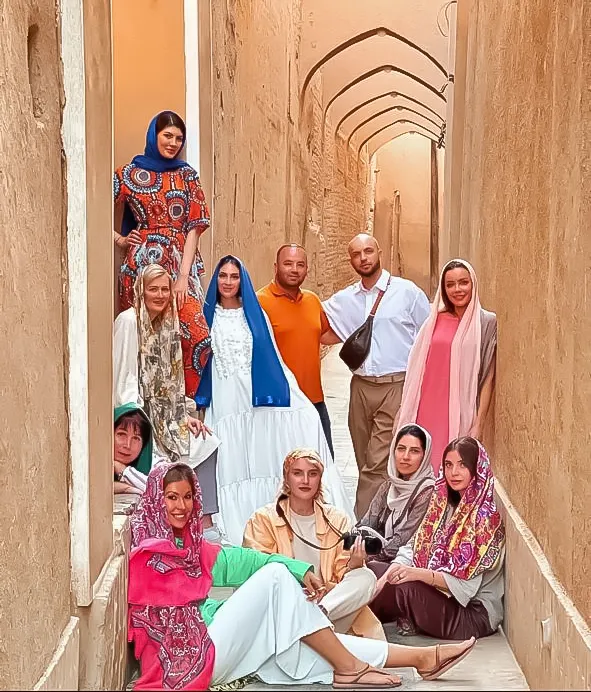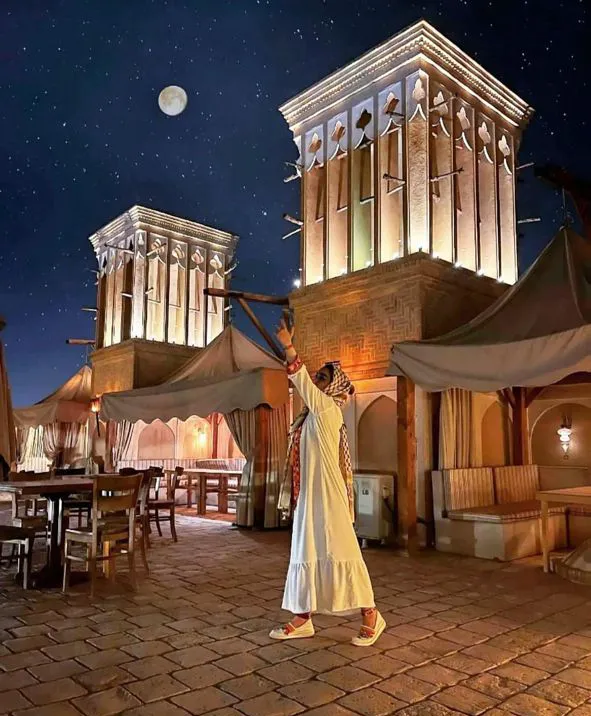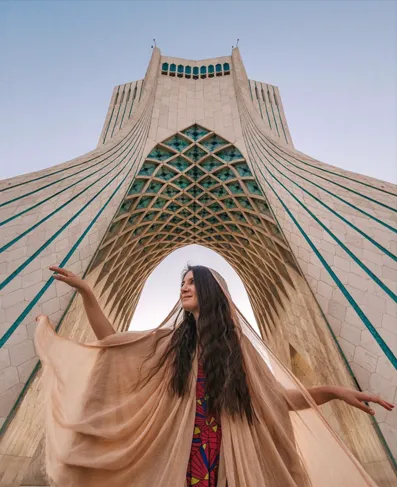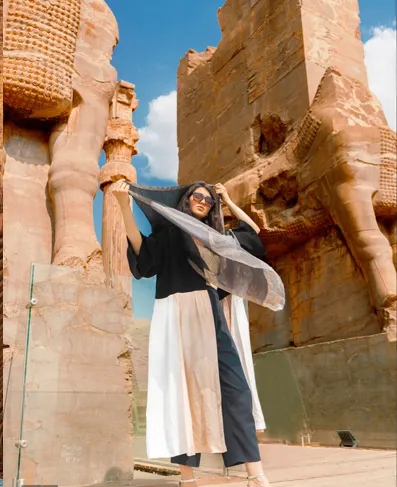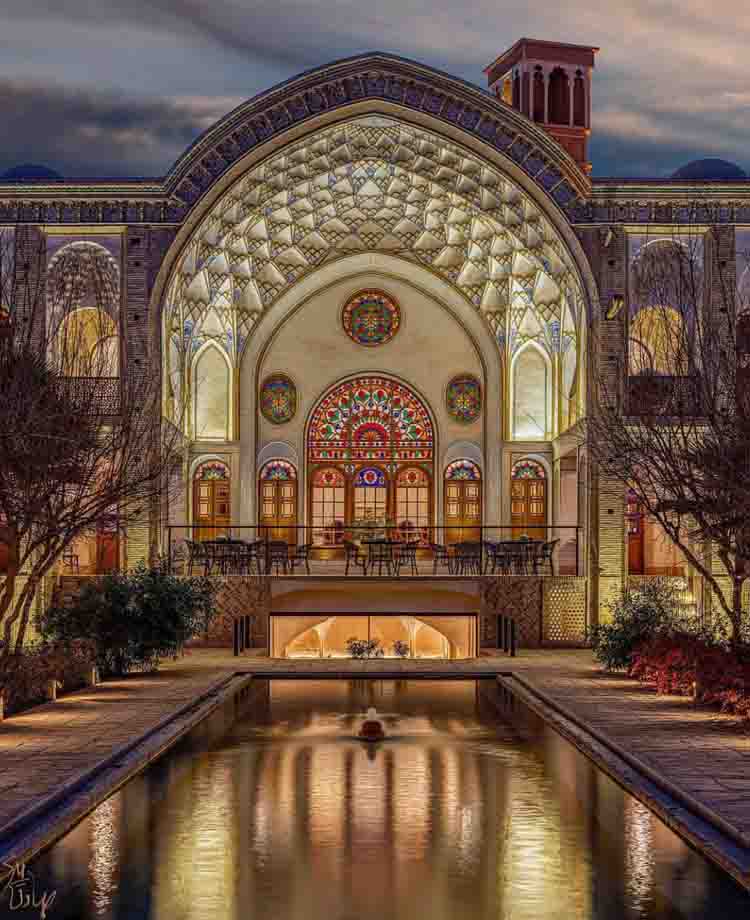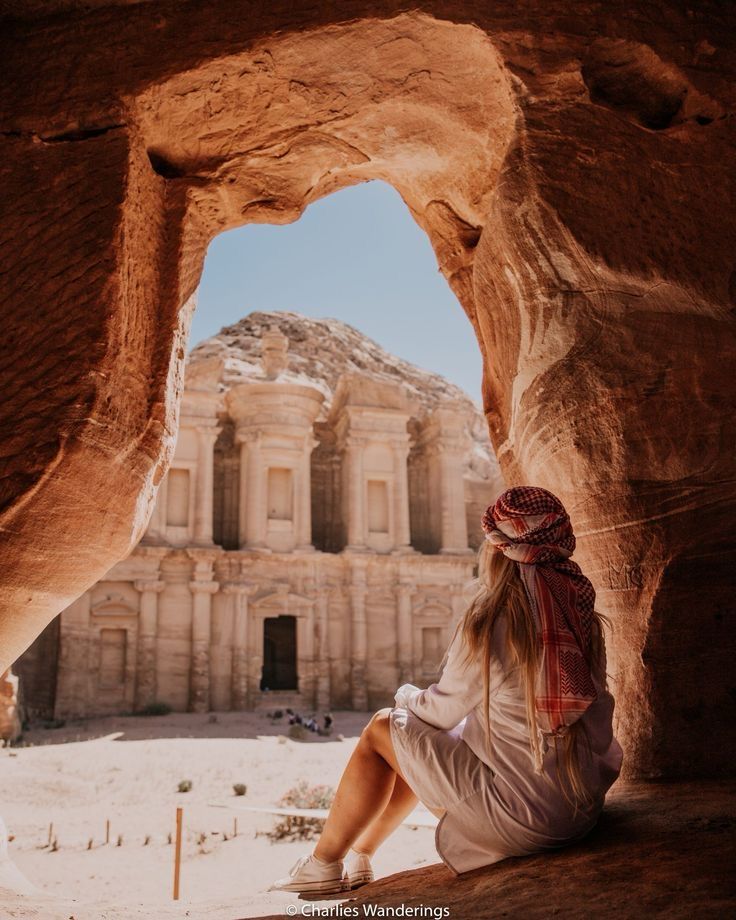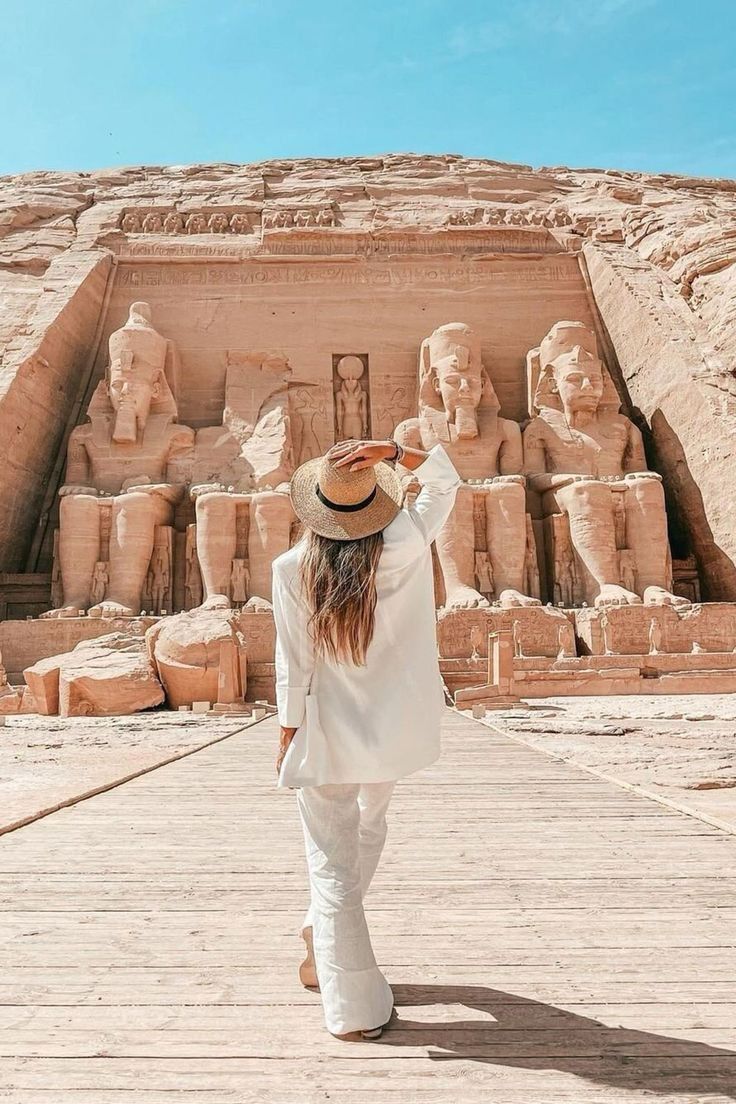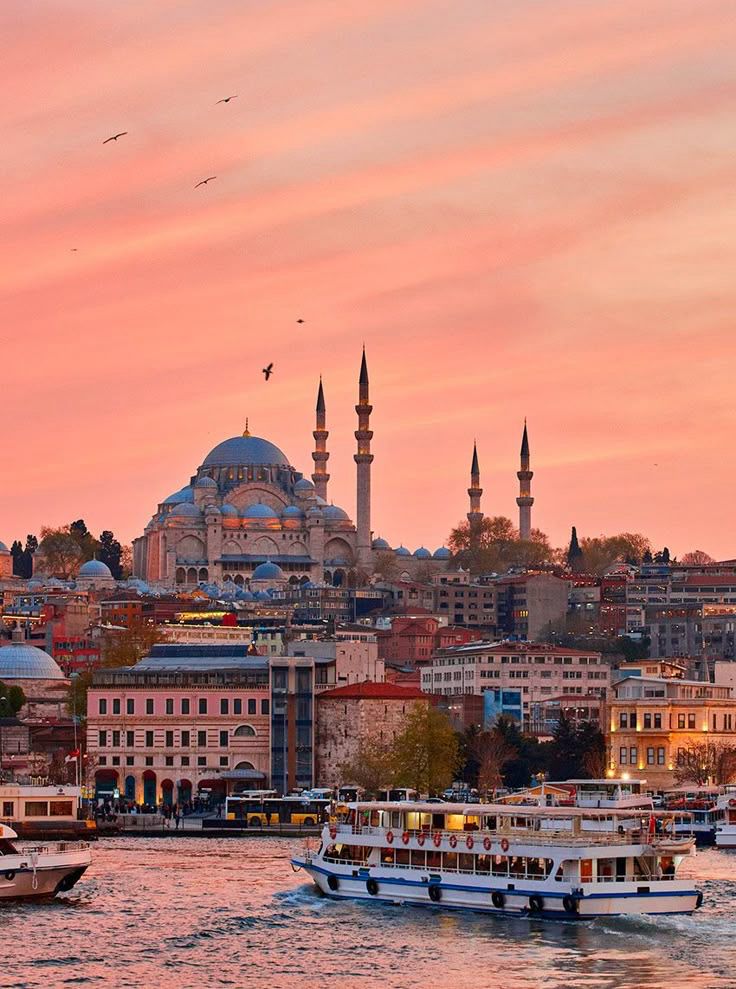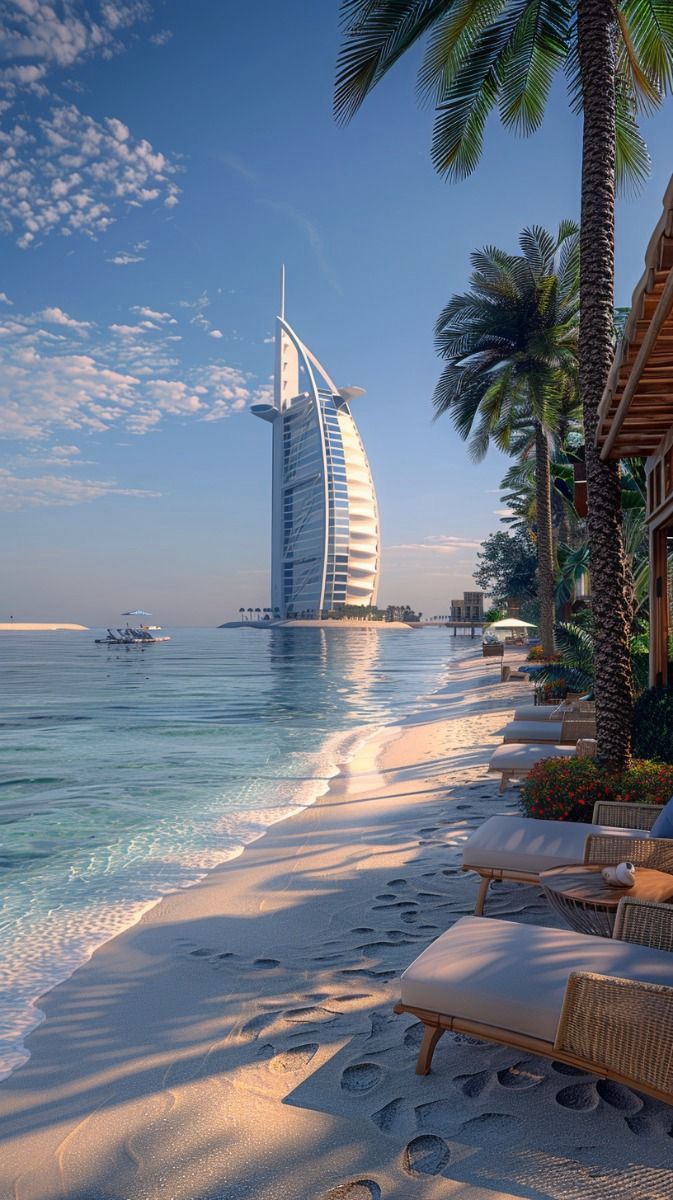Middle East Travel Guide: History, Culture, Wonders
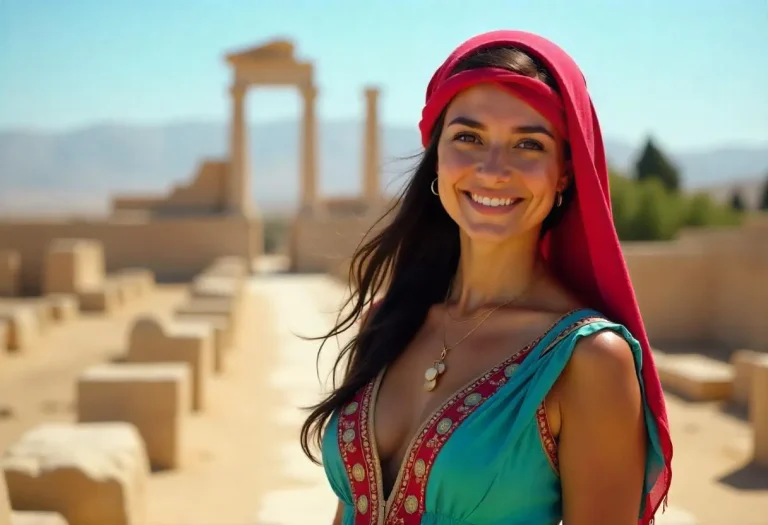
Welcome to your Middle East travel guide—let’s dive into a land where history began, cultures sing, and wonders await. The Middle East. Say it, and your mind might drift to golden sands, ancient stones, or Dubai’s dizzying towers. For me, it’s personal. I remember being a kid, sprawled on the floor with a beat-up history book, tracing the lines of empires I couldn’t pronounce. Or that time my aunt made Persian ghormeh sabzi, the smell of herbs and lamb filling the house—my first taste of this incredible place.
This region’s more than headlines of conflict or oil; it’s a Middle East travel guide where humanity’s first cities rose, where spices dance on your tongue, and where past and present collide in ways that take your breath away. I want to walk you through its story—from the dawn of civilization to the vibrant pulse of 2025—and show you why it’s a must-see. Buckle up for the ride.
A Tapestry of History: Where It All Started
The Middle East isn’t just old—it’s where humanity got its start. I’ll never forget digging into Middle East history and finding Iran’s ancient roots. Before anyone else was even dreaming of cities, people in what’s now southwest Iran—around Susa—were settling down as early as 4000 BCE. That’s wild—thousands of years before pencils or paper, they were laying the groundwork for civilization. Then came the Elamites around 2700 BCE, and later the Achaemenid Empire by 550 BCE, stretching from Egypt to India like a colossus.

Iraq’s Mesopotamia kicked in around 3000 BCE—Sumerians scratching cuneiform into clay, building the first cities like Uruk. Egypt wasn’t far behind, with pharaohs stacking the Pyramids of Giza by 2630 BCE. Syria’s been a hub since 2000 BCE, and Jordan’s Nabataeans carved Petra into cliffs by 1200 BCE. Then the 7th century brought Islam out of Arabia, with Mecca and Medina sparking a wave that hit Spain and Central Asia. I’ve pictured myself in Damascus back then, under the Umayyad Caliphate, dodging traders and scholars in its dusty alleys.
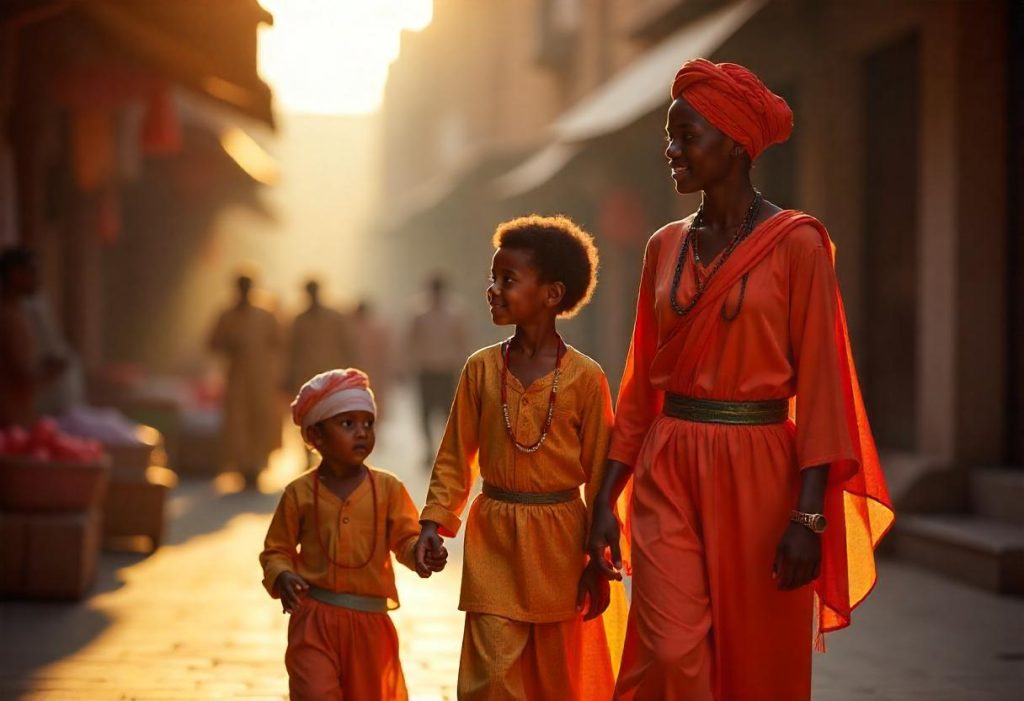
It hasn’t always been easy, though. The Crusades tore through, the Ottomans ruled for 400 years, and then the 20th century hit with Britain and France slicing up the map like it was a pie. Ever wonder why we call it the “Middle East”? Middle East history is a rollercoaster—Crusades, Ottomans, colonial carve-ups. Curious why it’s called that? Check out “Why Is It Called the Middle East?” in the blog
Here’s how the Middle East’s historical heavyweights stack up, with Iran rightfully at the top:
| Country | Historical Priority | Key Moments |
|---|---|---|
| Iran | 4000 BCE (Pre-Elamite settlements) | Susa, Elam, Achaemenid Empire, Persepolis |
| Egypt | 3100 BCE (Early Dynastic Period) | Pyramids, Nile Valley, pharaohs |
| Iraq | 3000 BCE (Mesopotamia) | Sumerians, Babylon, first cities and writing |
| Syria | 2000 BCE (Ebla, Mari settlements) | Damascus, Umayyad Caliphate, trade hub |
| Jordan | 1200 BCE (Nabataean Kingdom) | Petra, trade routes, Roman influence |
| Lebanon | 1200 BCE (Phoenicians) | Byblos, seafaring traders, alphabet inventors |
| Saudi Arabia | 7th century CE (Rise of Islam) | Mecca, Medina, Islamic expansion |
| Turkey | 11th century CE (Seljuks, Ottomans) | Byzantine roots, Ottoman Empire |
Middle East Culture: A Melting Pot Like No Other
History’s the backbone, but the culture’s the soul. I’ve got this memory from a few years back—my neighbor, an Iraqi guy, invited me over for tea. He poured it strong and sweet, and we sat there swapping stories about our families. That’s the Middle East: food and drink aren’t just fuel; they’re a hug. Iran’s got ghormeh sabzi—herbs and meat in a stew that’s pure comfort. Egypt’s koshari is this crazy mix of lentils, pasta, and crispy onions—I’d eat it daily if my waistline agreed. And Turkish baklava? I tried making it once, ended up with a sticky mess, but it was worth every bite.
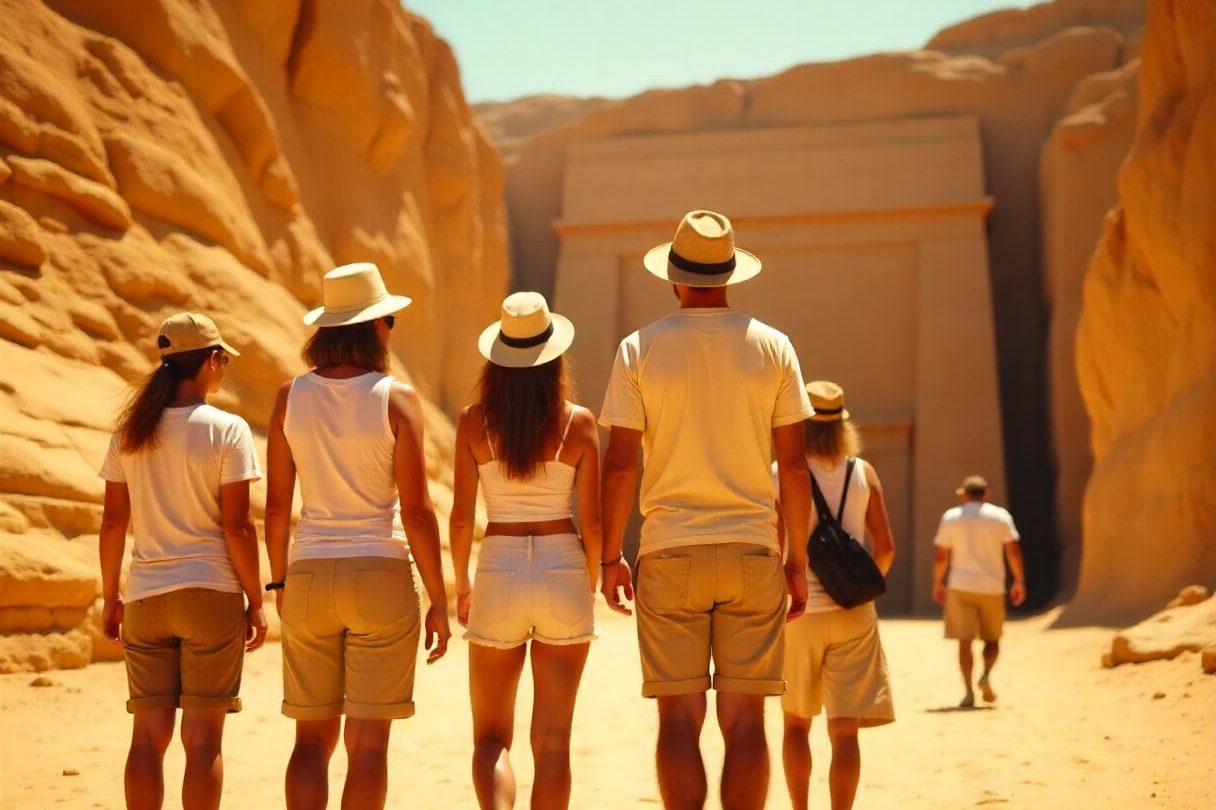
Then there’s the music. I was scrolling YouTube one night and landed on an oud player from Syria—those deep, twanging notes hit me like a wave. It’s history in sound. The dabke dance is another one—folks linking arms, stomping in unison, all grins. Turkey’s whirling dervishes spin like they’re lost in something bigger. It’s not just art; it’s life.
But it’s not all food and tunes. The architecture here takes your breath away. I’ve seen pictures of Iran’s mosques, with blue tilework so intricate it feels like a puzzle from another world—each swirl telling a story of faith and craft. Ottoman domes in Turkey, like Istanbul’s Suleymaniye, loom over the city with this quiet grandeur, blending power and grace. And don’t get me started on Arabic calligraphy—those flowing letters on a Baghdad mosque or a Cairo manuscript aren’t just words; they’re art, weaving the sacred and the everyday together. It’s like the region’s soul spilled into stone and ink.

The diversity’s unreal. Arabs, Persians, Kurds, Turks—they’re all here, each with their own tongue and traditions. I picture myself in a Cairo market, haggling over a scarf in broken Arabic, then grabbing a coffee from a Kurdish vendor. Yeah, religion and politics can spark fireworks, but there’s a beauty in how these worlds collide and coexist.
A Personal Story: The Souq That Stole My Heart
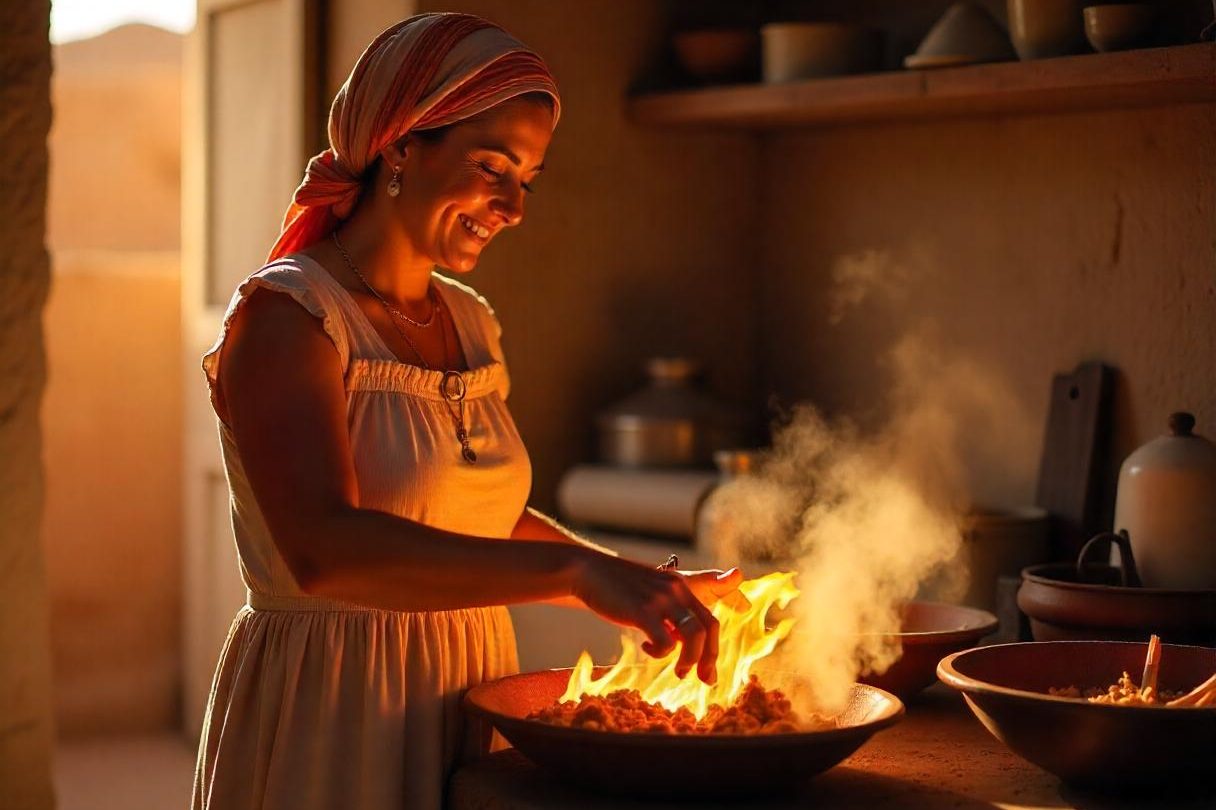
Here’s a little tale—I was in Morocco once, technically North Africa, but the vibe’s close enough. I wandered into a souq in Marrakech, this maze of stalls piled with rugs, spices, and lanterns. A guy with a grin as wide as the Nile waved me over, handed me a cup of mint tea, and started chatting like we’d known each other forever. He didn’t care that I butchered his language; he just wanted to share his world. That’s the Middle East I’ve come to love—not the headlines, but the people. I bet you’d find the same warmth in Istanbul or Tehran, where strangers turn into friends over a meal.
Best Places to Visit in the Middle East
This Middle East travel guide wouldn’t be complete without the wonders. Here are the best places to visit in the Middle East, with 2025 updates
Iran Tourism: History Meets Hospitality
Iran’s my top pick for Iran tourism. Persepolis is unreal—those towering ruins whisper tales of Persian kings. I’d love to stand there, feeling 4000 years under my feet. Isfahan’s Naqsh-e Jahan Square is next-level—mosques shimmering with blue tiles, a plaza locals call “half the world.” Shiraz breathes poetry; Hafez’s tomb is a quiet spot where you can almost hear his verses. In 2025, Iran’s tourism is soaring—4.4 million visitors in 2024, up 48%, thanks to easier visas and spots like the Lut Desert’s wild dunes.
Jordan: Petra and Beyond
Petra’s a knockout—those red cliffs hiding a city blow me away every time I see a photo. Walking the Siq to that Treasury reveal? Pure goosebumps. The Dead Sea’s a quirky float, and Wadi Rum’s Martian dunes scream adventure. Jordan’s pushing medical tourism in 2025—clinics near Amman are pairing history with healing.
Egypt: Timeless Nile Magic
Egypt’s ancient soul is unbeatable. The Pyramids of Giza—I still can’t fathom how they hauled those stones. A Nile cruise past Luxor’s temples sounds like heaven, all golden in the dusk. Cairo’s a whirlwind—mosques, markets, chaos. The Grand Egyptian Museum’s opening in 2025 is packing in tourists with Tutankhamun’s treasures on full display.
Turkey: Where East Meets West
Turkey’s a split personality done right. Istanbul’s Hagia Sophia and Blue Mosque are stunning—I’d lose hours under those domes. Cappadocia’s fairy chimneys and balloon rides are pure fantasy, and Antalya’s beaches beg for a dip. In 2025, Turkey’s green trails in the Taurus Mountains are pulling hikers—eco-tourism’s their new trick.
UAE: Glitz and Glamour
Dubai’s the shiny star—Burj Khalifa’s height is nuts. My nephew saw a pic and asked, “Do they use ladders to clean it?” Abu Dhabi’s Sheikh Zayed Mosque is calm elegance, all white and serene. In 2025, Saadiyat Island’s cultural push—museums galore—is balancing the flash with substance.
We’re topping the big sites by adding heart—stories, not just lists—and fresh 2025 stats they might lag on.
Middle East Tourism 2025: A Region on the Move
It’s March 2025, and the Middle East tourism 2025 is buzzing. Saudi Arabia’s NEOM is bonkers—a desert city with a sci-fi “Line” that’s got me hooked on YouTube renders. They’re chasing 100 million tourists by 2030, diversifying beyond oil with a green twist—think solar farms and sustainable tech. The UAE’s killing it—15% more visitors in 2024, with Ain Dubai spinning and new resorts popping up, all while pushing cultural hubs like Saadiyat Island. Iran’s on a roll too, with those visa tweaks bringing in adventurers, and Egypt’s museums are goldmines pulling crowds.
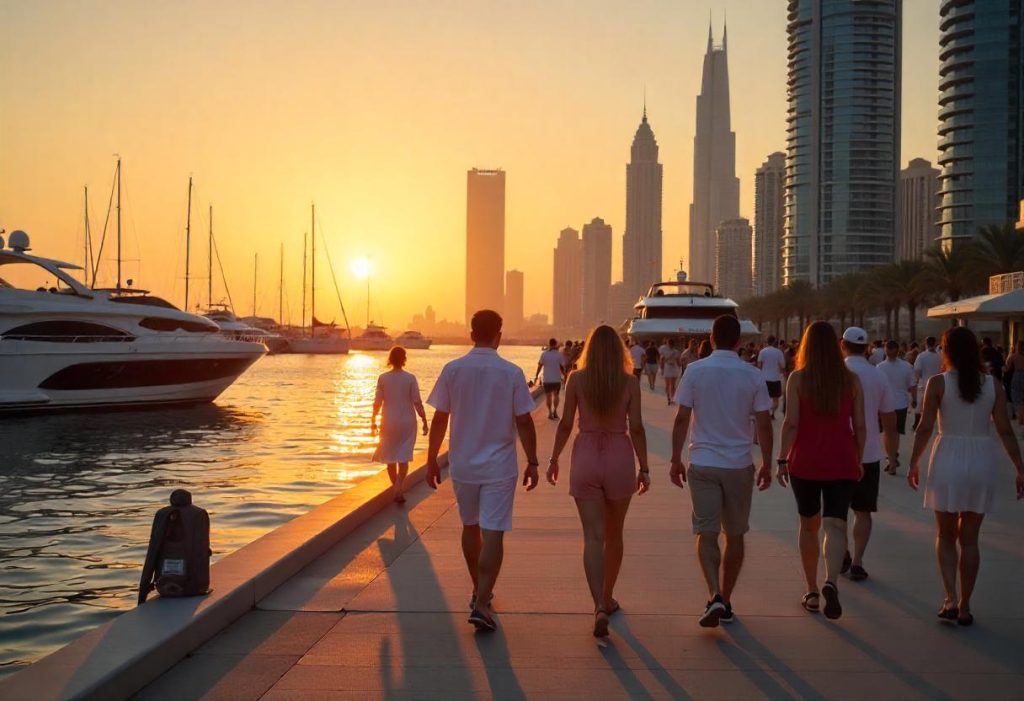
Jordan’s betting on its classics, but they’re also testing sustainable tourism—think eco-lodges in Wadi Rum. Challenges linger, though—Yemen’s still tangled in conflict, and regional tensions keep things dicey. But there’s hope too. Countries are leaning into tech and tourism to rewrite their stories, not just lean on oil. I’ve got a news piece on 2025 tourism trends coming—watch for it.
Why It Stays With You
The Middle East isn’t a dot on a map—it’s a pulse. It’s scribes carving the first words, traders shouting over saffron, architects dreaming up impossible towers. I’ve spent hours lost in its layers, and I’m still hungry for more. History buff, foodie, or wanderer—it’s got your number. The Middle East is beyond imagination—a past you can touch, a culture you can taste, and places you won’t find anywhere else. Plan your next trip here and see for yourself why it lingers in your heart long after you’ve left.



